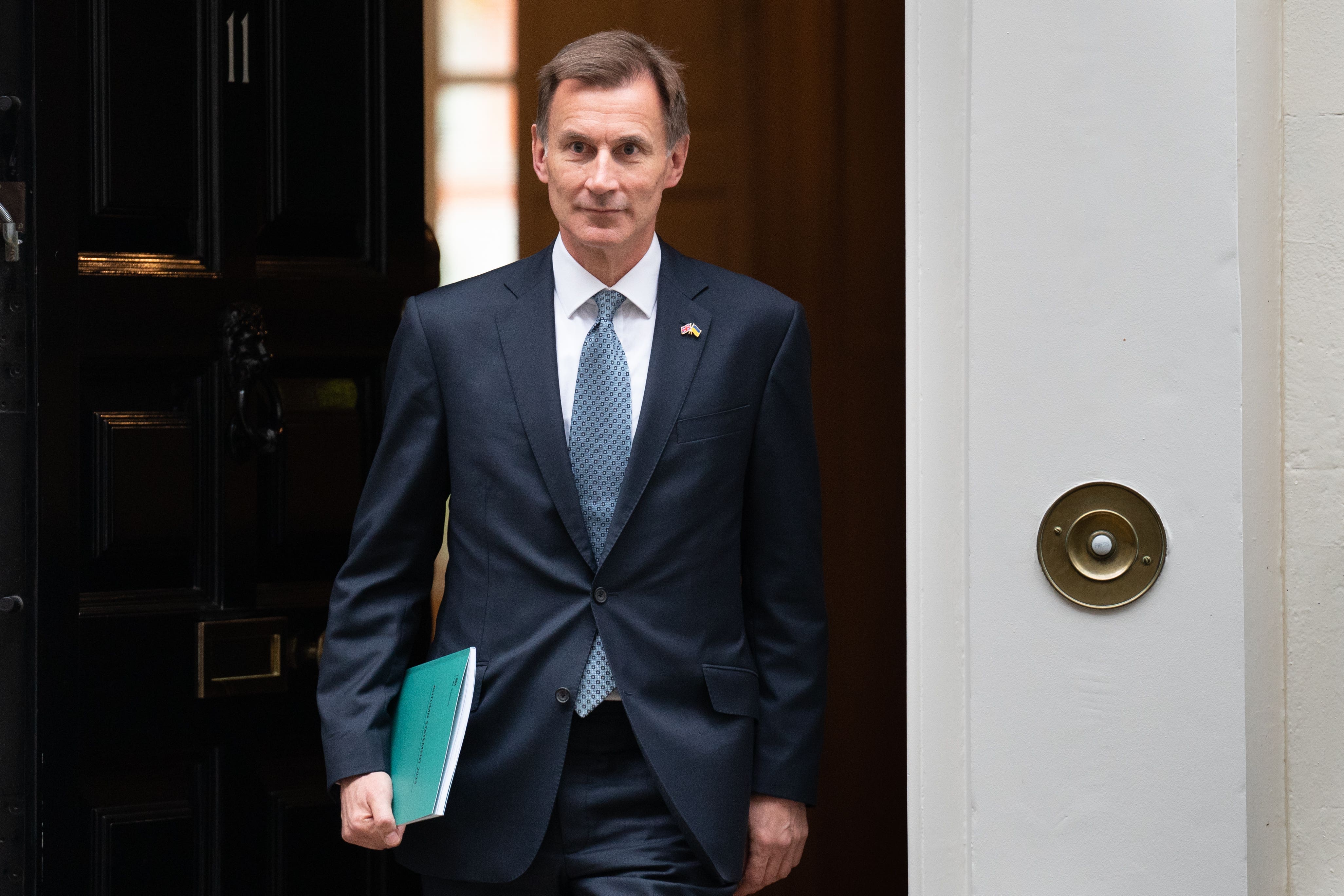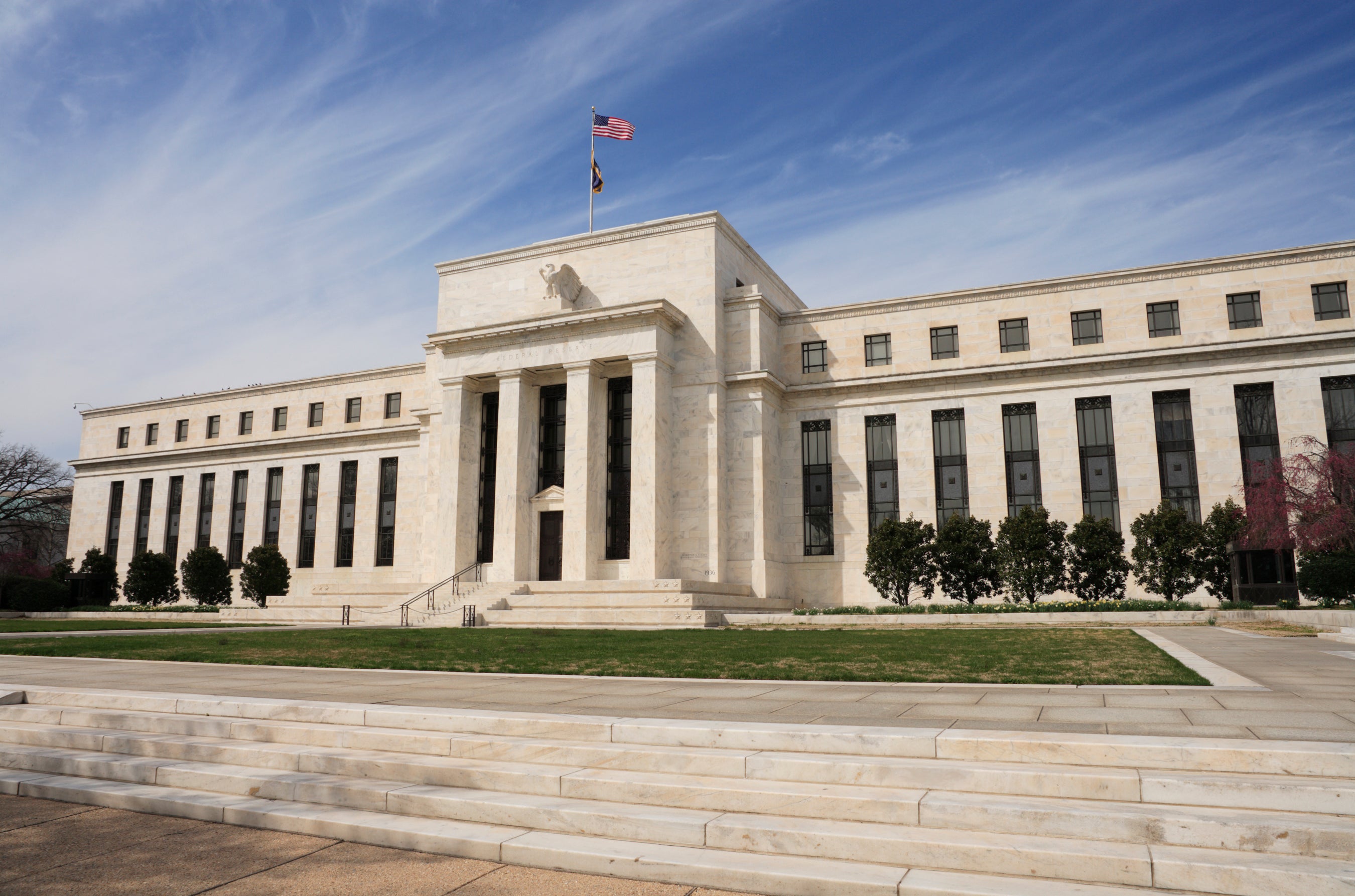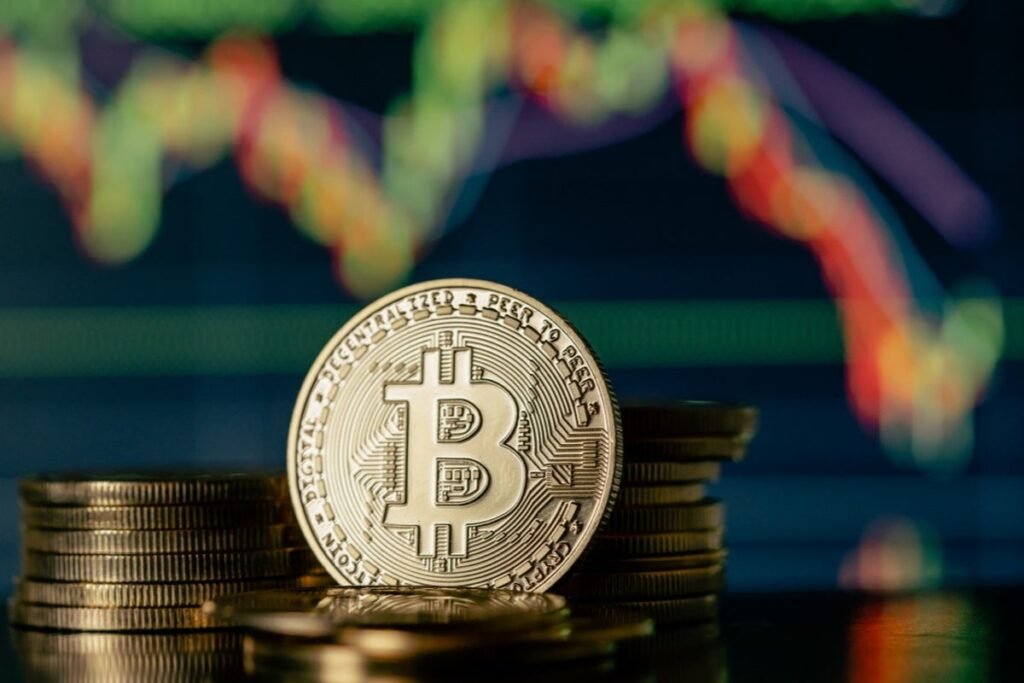The world’s major powers are locked in a race to develop and issue a globally dominant central bank digital currency (CBDC), citing the need to increase the efficiency of payments and combat money laundering. However, opponents warn that government-backed digital currencies and freedom are incompatible.
One vocal opponent of the government’s answer to the innovations that spawned from the cryptocurrency sector is civil liberties attorney Marta Belcher, who tells me, “I have serious concerns about the privacy and civil liberties implications of CBDCs, they put governments at the centre of every transaction, giving them absolute visibility into financial transactions and the ability to revoke money”.
But why should governments’ desire to make all cash digital cause any concern? Do we not already have digital transactions, with the ubiquitous use of debit cards and digital payment apps?
It may seem that society uses “digital currency” already, but the movement of money is actually a fragmented and laborious affair, involving a chain of intermediary financial institutions. Each debit card or payment app transaction must be validated through a complex system of payment processors, banks, financial clearing houses and cross-border systems such as Swift (Society for Worldwide Interbank Financial Telecommunication).
CBDCs are viewed by banking officials as a way to leverage advancements in the rapidly expanding digital asset market, where cryptocurrencies like bitcoin and ethereum have become household names
A CBDC system would drastically simplify the whole process and make it much more efficient. CBDCs enable fully automated payment systems, without the need for most human intermediaries. However, their automated quality, which utilises “smart contracts” developed in the world of cryptocurrencies, allows them to be programmed so centralised authorities can control when, where and how a populace spends its money.
The Bank of International Settlements (BIS) – often referred to as the central bank of central banks – is busy pushing for financial institutions around the world to develop and pilot these new types of money.
However, at a 2020 International Monetary Fund summit, head of the BIS Agustin Carstens disclosed the programmable-power latent within government digital currencies. He said: “We are unaware who currently uses a $100 bill or even a 1000 peso bill. The major change with CBDCs is that central banks will have complete control to decide how these funds can be used along with advanced technology to implement those regulations.”

Currently, there are over 90 central banks around the world exploring CBDC technology. These financial arms of the state were first compelled to take action after Facebook announced its plans to introduce a digital currency called Libra in 2019, for use within its online platforms. However, Libra was subsequently crushed by financial regulators which feared the company might circumvent the power of monetary policymakers such as the US Federal Reserve or the Bank of England.
CBDCs are viewed by banking officials as a way to leverage advancements in the rapidly expanding digital asset market, where cryptocurrencies like bitcoin and ethereum have become household names. However, Marta Betcher, who is also the president of the Filecoin Foundation, sees CBDCs as a perversion of the peer-to-peer payments systems developed since bitcoin founder Satoshi Nakamoto published the bitcoin whitepaper in 2008, and his adage that “the root problem with conventional currency is all the trust that’s required to make it work”.
Since the beginning of 2022, institutional finance’s equivalent of the space race has developed at speed.
In the UK, HM Treasury and Bank of England inconspicuously established the Central Bank Digital Currency Task Force in 2021, and just over a year later the Treasury was ready with a job offer for a “head of CBDC” position. This week, the Treasury and the Bank of England announced that a state-backed digital pound is likely to be launched later this decade – no earlier than 2025 – with chancellor of the Exchequer Jeremy Hunt saying that it will be a “trusted and accessible” way to pay. However, it should be noted that Bank of England deputy governor Jon Cunliffe has announced that it will come with a £20,000 limit.
The European Union is developing a digital euro for the eurozone economies, in an effort to keep pace with advancements in the UK. The digital euro will be able to facilitate programmable payments, overseen by intermediary banks. However, ECB economist Fabio Panetta emphasised in a recent statement that the central bank will not impose programmed limitations on where, when or to whom people can pay with a digital euro, assuring that “central banks issue money, not vouchers”.
But the most hotly contested ground when it comes to CBDC development will be between the US and China. Washington understands that it has a vested interest in keeping the dollar at the forefront of global finance, giving it the ability to print money without facing equivalent currency devaluations. Most nations hold large foreign exchange reserves denominated in dollars, which dwindle in value every time the US Federal Reserve prints more greenbacks.
Dollar hegemony is jealously guarded by Washington, as it provides access to a wider market for US exports and enables the country to enforce sanctions and economic influence through its control over international financial institutions
This is why China is so eager to break free from Washington’s so-called dollar noose. It is also why a bipartisan group of US lawmakers wants the Federal Reserve to hasten the issuance of a digital dollar to secure the US’s status as the world’s reserve currency and counter potential threats from other nations, particularly from Beijing’s already piloted “digital yuan”.
Currently, 15 Chinese provinces and cities across the country have participated in the digital yuan pilot. A report by the BIS, released in November 2022, revealed that China’s digital currency was the most used and actively traded digital currency in a $22m (£18m) pilot that tested the use of CBDCs for settling cross-border transactions.
At a June 2021 US House of Representatives meeting on digitising the dollar, law expert Jenny Gesley warned policymakers about the possibility of other countries embracing China’s digital yuan, and threatening to encourage de-dollarisation. She stated that “other countries may choose to adopt the Chinese CBDC, replacing the dollar with it”.
One threat vector that was highlighted was Chinese payment platform Alipay, which is growing in popularity across Asia. The de-dollarisation risk from Alipay would arise if the app integrated the digital yuan, and Chinese suppliers began to receive orders denominated in Beijing’s new CBDC. This could lead to a gradual erosion of the US dollar’s dominance, and advance China’s objective of increasing the use of the Chinese digital currency in global commerce.

Dollar hegemony is jealously guarded by Washington, as it provides access to a wider market for US exports and enables the country to enforce sanctions and economic influence through its control over international financial institutions; most world trade transactions pass through US intermediaries.
These constraints are intolerable in the long-term for an expansionist China, which has a strategic goal to internationalise its currency; a development that could be accelerated with the widespread deployment of the digital yuan.
China currently leads the pack in the CBDC race, having surged ahead of all other industrialised economies since it began developing its digital yuan as early as 2014. Beijing has already tested this CBDC in major cities including Shanghai, Shenzhen and Chengdu, and aims to use it to settle cross-border payments. This would increase the nation’s economic influence and act as a fallback against possible future sanctions in dollar-denominated world trade.
Professor Steve Tsang of Soas University of London spoke to me about China’s ambitions, saying the nation is likely to encourage the digital yuan’s use by partner countries of President Xi Jinping’s Belt and Road Initiative – a massive infrastructure project of world trade routes emanating from Beijing, with a bill creaking in at over $1tn.
Tsang suggests that Chinese authorities might explore the connection between the digital yuan and the country’s social credit system (a version of the credit rating concept with an Orwellian twist, where all aspects of citizens’ behaviour and trustworthiness are evaluated). This merging of “programmable money” with a quantifiable way to measure party loyalty, is a match made in totalitarian heaven.
The director of the Soas China Institute adds: “Xi Jinping is steering China in the direction of increasing control of the Communist Party over everything, so linking the two is one option that is likely to be explored if not already”.
Hawkish statements from Nato, alongside the weaponising of the world financial system against Russia, explicitly show Beijing how it is perceived in the eyes of Western powers
But the political scientist stressed that Chinese citizens have a pragmatic approach to such top-down losses of privacy and increased surveillance. He says: “They know they live in a surveillance state, and the use of digital yuan will be just another addition to surveillance, one that they are mostly used to because of the prevalence of electronic payments already”.
The widespread adoption of the digital yuan would offer a viable alternative for those seeking seamless and cost-effective cross-border transactions, especially those that have been threatened with, or are the receivers of, US economic sanctions. Mass adoption of the digital yuan could allow Washington’s adversaries to sidestep sanctions. The US uses sanctions as an economic flex, effectively pulling geopolitical levers using the might of the US dollar.
Sanctions are a stern reminder to any would-be contenders that the greenback is still the fuel that powers the global economy. However, sanctions could come with unintended consequences, and even hasten the reversal of decades of progress towards a globalised, interdependent world.
Steve Hanke, who is a professor of applied economics at the Johns Hopkins University in Maryland and a former economic adviser to US president Ronald Regan, spoke to me about the possibility that sanctions could hasten the emergence of China’s digital currency as a challenger to US dollar hegemony. He says: “While the US dollar – which is the world’s international currency – is extremely strong at present, benefiting as it does from its safe-haven status, its weaponisation will invite challengers.”
He added: “Like all sanctions, they have generated enormous unintended costs that have been visited on the perpetrators of the sanctions themselves.”

In early 2022, Russia’s invasion of Ukraine resulted in the freezing of its US dollar foreign exchange reserves and a swathe of sanctions that hindered its ability to function within the dollar-dominated global system. This served as a reminder to China of its own reliance on dollar-dominated world trade, which now appears like a noose around its neck. The situation highlights the vulnerability of China to the tightening of the dollar-dominated system at any moment.
Beijing’s insecurities have also been exacerbated by a document released by Nato in June 2022 that warned of China’s growing ability to use its economic leverage to gain influence. The document stated: “China strives to subvert the rules-based international order, including in the space, cyber and maritime domains. A Russia and China partnership is mutually reinforcing attempts to undercut the rules-based international order that runs counter to our values and interests.”
The hawkish statements from Nato, alongside the weaponising of the world financial system against Russia, explicitly show Beijing how it is perceived in the eyes of Western powers. It also makes that dollar noose around Beijing’s neck feel a little tighter, and the sanctions against Moscow could likely speed up China’s efforts to reduce its dependence on dollar-denominated financial infrastructure and hasten the roll-out of the digital yuan.
The outcome of the CBDC race will have a major impact on global finance. In the near future, countries will have the ability to directly exchange digital currencies bilaterally, bypassing the need for intermediaries such as Swift or US-based settlement systems.
The country that takes the lead in the race and determines the infrastructure and operations of CBDCs will gain a significant first mover advantage, and the opportunity to lead other innovations in the field. Currently, China is ahead in the implementation of its CBDC, and this has been perceived as a threat to the dollar’s supremacy, compelling Washington to reevaluate its previously cautious stance on developing a Federal Reserve digital dollar.
But which path should a digital dollar embark upon? The US, in its efforts to catch up with China, has the choice to either emulate the surveillance, programmability and privacy capabilities of the digital yuan, or develop an open, permissionless CBDC that guarantees user privacy.
The former would drive users to alternatives already present in the crypto sector, such as bitcoin and ethereum. The latter already exists in the form of dollar-pegged stablecoins, such as USDC and USDT, leaving many to believe that the US should instead create a favourable environment that encourages private sector innovations to evolve the best solution.

